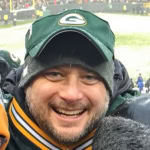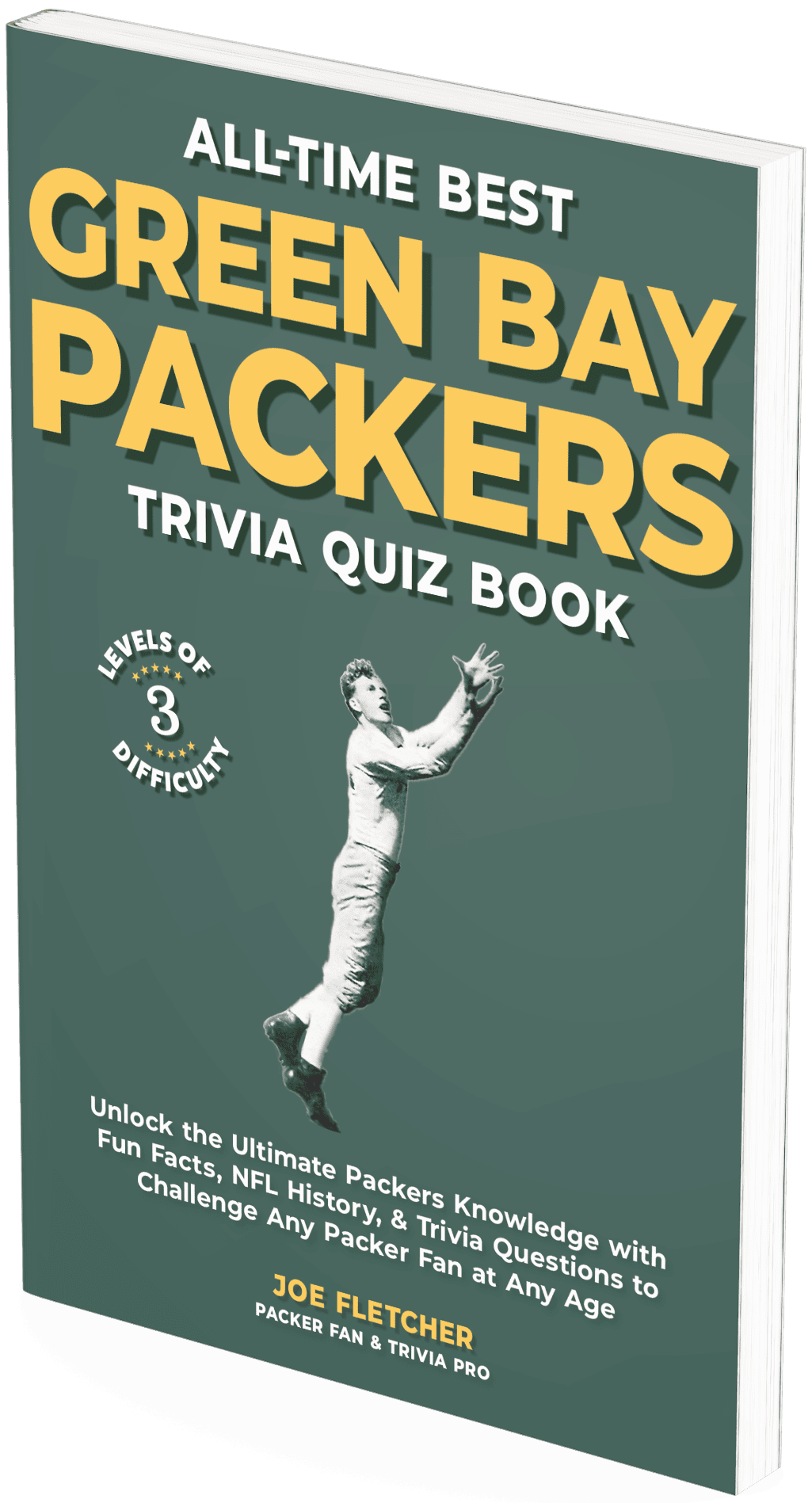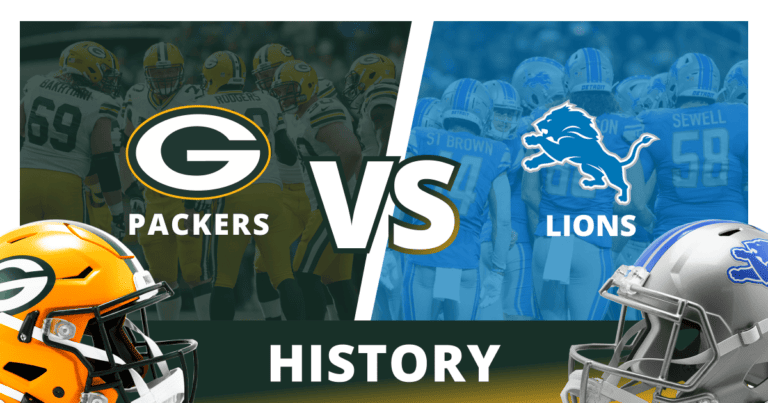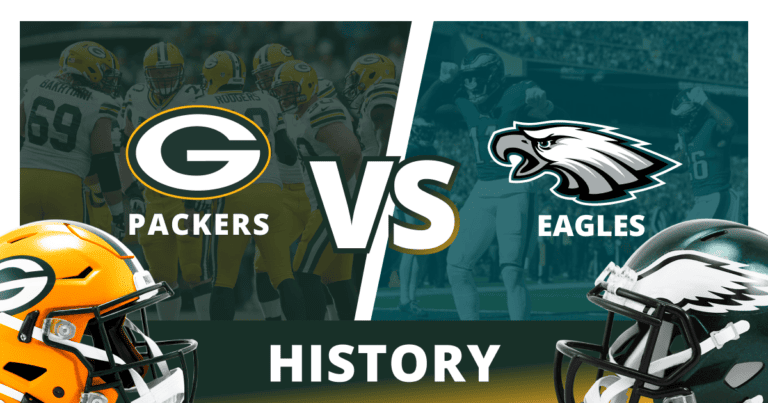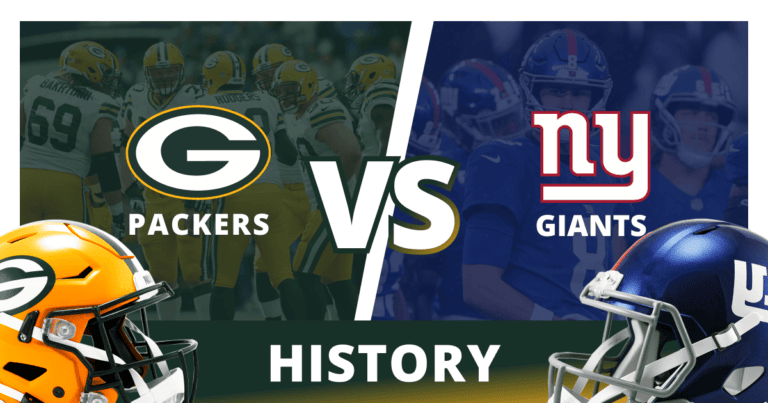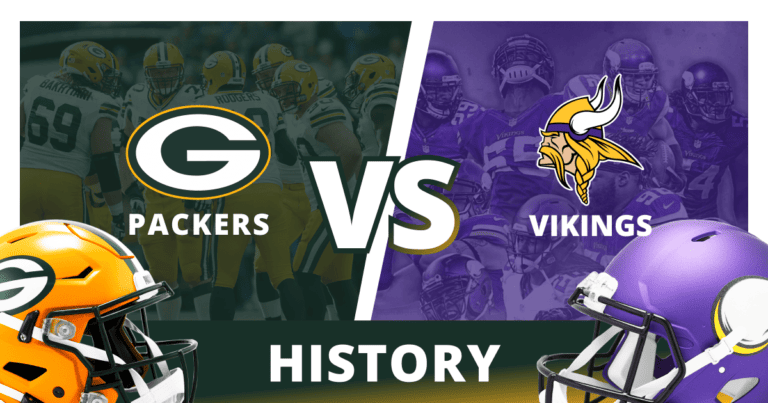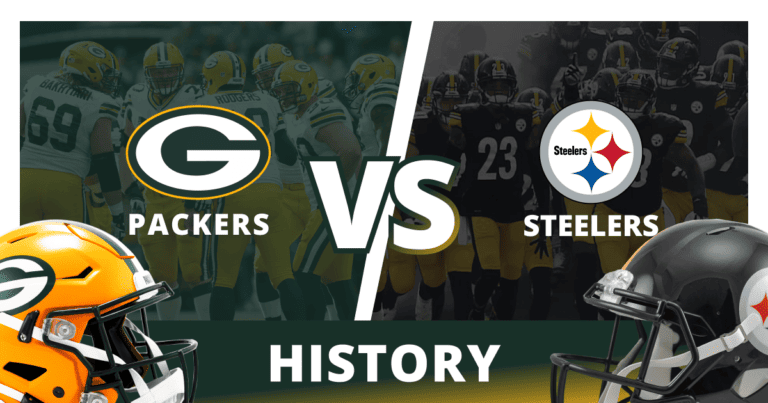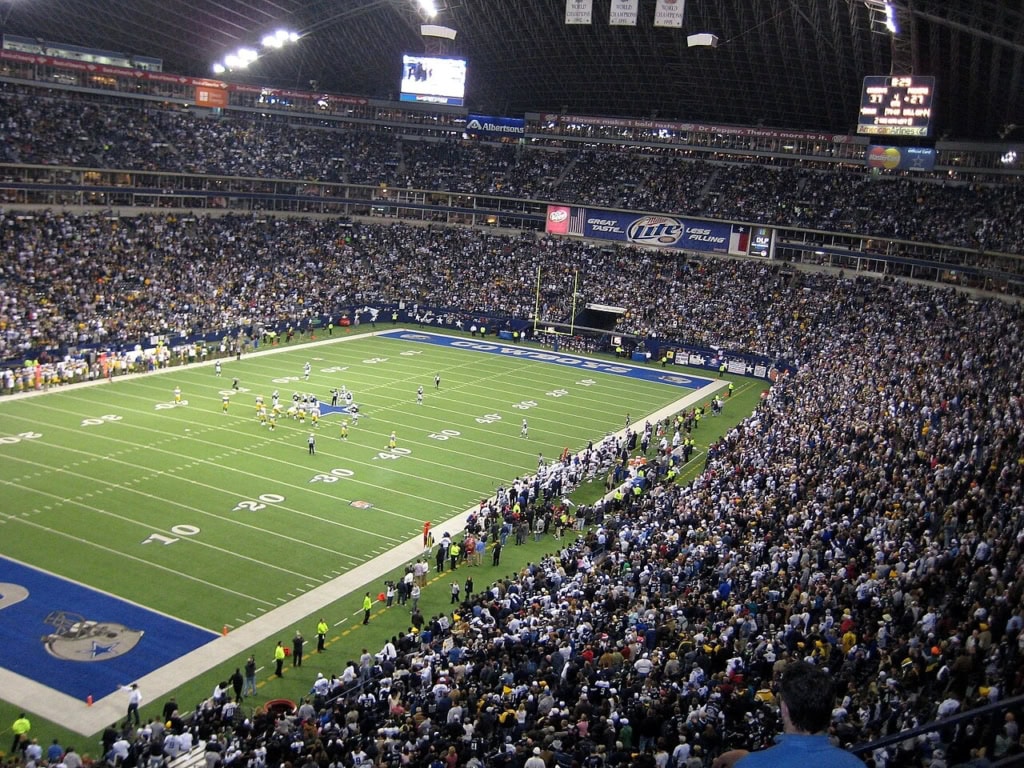
Packers vs Cowboys: Championships, Controversies, and Clutch Moments
This isn’t your typical NFL rivalry. The teams play in different divisions and only meet once every three years during the regular season. But when they do meet – especially in the playoffs – something memorable usually happens.
Three Eras Define This Rivalry
The Packers dominated the 1960s under Vince Lombardi. The Cowboys owned the 1990s with Troy Aikman, Emmitt Smith, and Michael Irvin. The Packers struck back in the 2010s behind Aaron Rodgers. Each era produced championship teams and playoff heartbreak.
The Lombardi Years (1960-1968)
Coaches Who Started as Friends
Before they became rivals, Vince Lombardi and Tom Landry worked together. From 1954 to 1958, they served as coordinators for the New York Giants. Lombardi ran the offense. Landry created the 4-3 defense that teams still use today.
When the Cowboys joined the NFL in 1960, Landry became their first head coach. Lombardi was already building a dynasty in Green Bay. The teacher-student dynamic was clear—Lombardi’s Packers beat Landry’s Cowboys in all six meetings during the 1960s.
The 1966 NFL Championship
The stakes couldn’t have been higher on January 1, 1967, at the Cotton Bowl in Dallas. The winner would play in the first Super Bowl.
Green Bay jumped ahead 14-0 before Dallas touched the ball. Bart Starr threw a touchdown to Elijah Pitts, then Cowboys returner Mel Renfro fumbled the kickoff. Jim Grabowski scooped it up for another Packers score.
Dallas fought back. Don Meredith led the Cowboys to a 14-14 tie by the end of the first quarter. The teams traded scores all game. Starr threw four touchdown passes, finishing with 304 yards.
With Dallas trailing 34-27, Meredith drove the Cowboys to the Packers’ 2-yard line with under two minutes left. They had four chances from inside the 5. On fourth down, Packers linebacker Dave Robinson pressured Meredith, forcing a desperation throw. Tom Brown intercepted it in the end zone.
Final score: Packers 34, Cowboys 27. Green Bay went on to win Super Bowl I.
The Ice Bowl (December 31, 1967)
The temperature at Lambeau Field was -13°F with wind chills between -36°F and -48°F. The turf heating system failed, turning the field into ice. Referees’ whistles froze to their lips. One fan died from exposure.
Despite the conditions, both teams played. The Packers led 14-0 after Bart Starr threw two touchdown passes to Boyd Dowler. Dallas cut it to 14-10 by halftime after George Andrie returned a fumble for a touchdown.
Early in the fourth quarter, Cowboys halfback Dan Reeves threw a 50-yard touchdown pass to Lance Rentzel. Dallas led 17-14.
The Packers got the ball back with 4:50 left. Starr methodically moved them down the field. With 16 seconds remaining and no timeouts, Green Bay faced third-and-goal from inside the 1-yard line.
Two running plays had failed on the ice. Starr called timeout and talked to Lombardi. A field goal would send the game to overtime. Instead, Starr suggested a quarterback sneak.
Starr took the snap and followed blocks by Jerry Kramer and Ken Bowman into the end zone. The Packers won 21-17 and advanced to Super Bowl II.
The Cowboys Strike Back (1970-1999)
The 1990s Dynasty
From 1991 to 1996, Dallas won eight straight games against Green Bay, including three playoff victories. The Cowboys had Troy Aikman at quarterback, Emmitt Smith at running back, and Michael Irvin at receiver—they called them “The Triplets.”
Brett Favre couldn’t beat them in Dallas. The Cowboys went 9-0 against Favre’s Packers at Texas Stadium. While Green Bay was good enough to win three straight MVP awards for Favre, they couldn’t get past Dallas when it mattered most.
The 1995 NFC Championship
On January 14, 1996, the teams met for the NFC Championship at Texas Stadium. It was the third straight year Dallas eliminated Green Bay from the playoffs.
Aikman threw two first-quarter touchdowns to Michael Irvin. Green Bay answered when Favre found Robert Brooks on a 73-yard bomb. The teams traded scores all game. Green Bay led 27-24 in the third quarter.
Then Emmitt Smith took over. He capped a 90-yard drive with a touchdown run. After Larry Brown intercepted Favre, Smith scored again. He finished with 150 yards and three touchdowns.
Dallas won 38-27 and went on to win Super Bowl XXX. For Green Bay, it was another January disappointment in Texas.
The Rodgers Era (2000-2021)
Flipping the Script
Aaron Rodgers changed everything. As Green Bay’s starter, Rodgers went 8-2 against Dallas. More importantly, he was perfect in Dallas, going 3-0 at AT&T Stadium.
The psychological advantage that Dallas held in the 90s was gone. Now it was the Cowboys who couldn’t win the big games.
The Matt Flynn Comeback Game (December 15, 2013)
Down 26-3 at halftime at Jerry World, backup quarterback Matt Flynn led one of the greatest comebacks in franchise history. With Aaron Rodgers injured, Flynn threw four second-half touchdowns, sparked by Eddie Lacy’s 65-yard run to open the half.
In the 4th quarter, Sam Shields intercepted Tony Romo, setting up the go-ahead score. Tramon Williams sealed the 37-36 victory with another pick on Dallas’s final drive.
The “Dez Caught It” Game (January 11, 2015)
The 2014 NFC Divisional playoff at Lambeau Field gave us one of the most debated plays in NFL history.
Dallas led 21-13 in the third quarter. Rodgers, playing on a bad calf, rallied the Packers to a 26-21 lead with 9:10 left.
On fourth-and-2 from the Green Bay 32-yard line with 4:42 remaining, Tony Romo threw deep to Dez Bryant. Bryant caught the ball, took two steps, and lunged for the goal line. The officials ruled it a catch at the 1-yard line.
Mike McCarthy challenged. After review, referee Gene Steratore reversed the call. The ball hit the ground as Bryant went down, and he briefly lost control. By the rules at the time, it wasn’t a catch.
Green Bay won 26-21. The controversy led to the NFL completely rewriting its catch rules.
The Jared Cook Game (January 15, 2017)
Two years later, they met again in the playoffs at AT&T Stadium. The top-seeded Cowboys faced the Packers with rookie sensations Dak Prescott and Ezekiel Elliott.
Green Bay led 21-3 early. Dallas fought back to tie it 28-28. The teams traded field goals. Dan Bailey’s 52-yarder tied it 31-31 with 35 seconds left.
That was too much time for Rodgers. From his own 25, he moved the Packers to midfield. Then Dallas sacked him, leaving third-and-20 from the 32 with 12 seconds left.
Rodgers rolled left and threw across his body. Jared Cook made an incredible sideline catch, dragging his toes inbounds for 36 yards. Mason Crosby kicked the game-winning 51-yard field goal as time expired.
Green Bay won 34-31. Rodgers had done it again in Dallas.
Today’s Rivalry (2022-Present)
McCarthy Returns
In 2020, Dallas hired Mike McCarthy as head coach—the same man who coached Green Bay to a Super Bowl and through both controversial playoff wins over Dallas.
McCarthy’s first game back at Lambeau came in November 2022. The Cowboys blew a 14-point fourth-quarter lead and lost 31-28 in overtime.
Jordan Love’s Statement Game (January 14, 2024)
The seventh-seeded Packers visited the second-seeded Cowboys in the wild-card round. Dallas was heavily favored at home.
Jordan Love, in his first playoff game as Green Bay’s starter, took apart the Dallas defense. The Packers led 27-0 before the Cowboys scored. They led by 32 points in the fourth quarter.
Green Bay won 48-32, becoming the first seventh seed to win a road playoff game. The victory extended Green Bay’s perfect record at AT&T Stadium to 5-0, including three playoff wins.
Micah Parsons Traded to the Packers (2025)
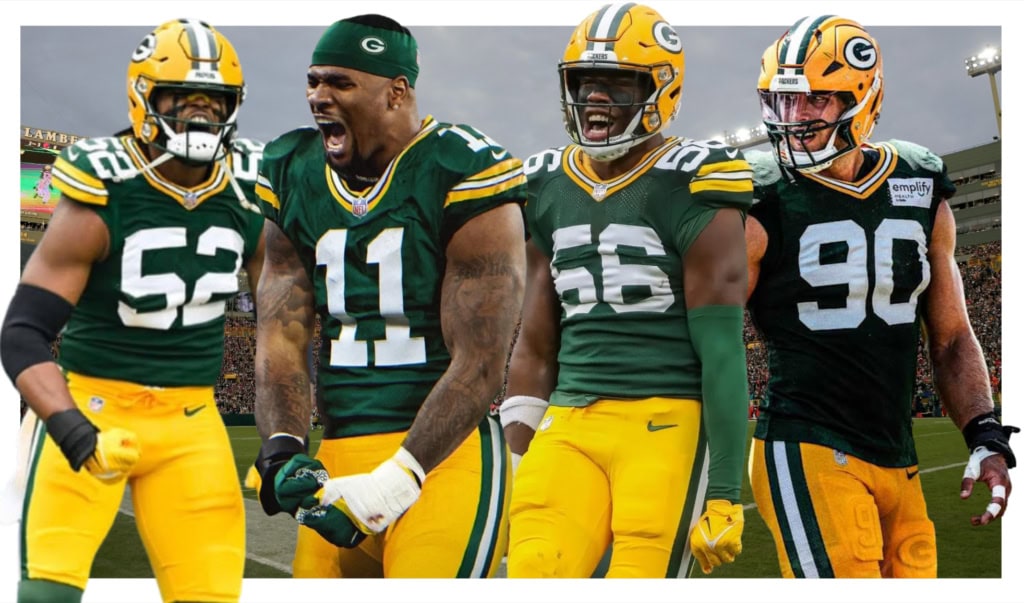
Cowboys Trade Micah Parsons to Packers – August 2025 Summary
The Trade Details
On August 29, 2025, the Dallas Cowboys traded All-Pro pass rusher Micah Parsons to the Green Bay Packers in one of the most shocking moves in NFL history. The trade occurred just one week before the 2025 regular season opener.
Cowboys Received:
- 2026 first-round draft pick
- 2027 first-round draft pick
- Three-time Pro Bowl defensive tackle Kenny Clark
Packers Received:
- Micah Parsons
- Immediately signed him to a 4-year, $188 million contract with $136 million guaranteed
Contract Breakdown
Parsons’ new deal makes him the highest-paid non-quarterback in NFL history at $47 million per year average. This represents a 34% increase over the previous record and surpassed T.J. Watt’s recent $41 million deal.
The contract includes:
- $120 million fully guaranteed at signing
- $136 million total guarantees
- $47 million average annual value
Jerry Jones’ Rationale
Cowboys owner Jerry Jones explained the trade decision in a 46-minute press conference:
“This was a move to get us successful in the playoffs. This was a move to be better on defense, stopping the run. This was a move to, if we get behind, not be run on.”
Jones compared the trade to the 1989 Herschel Walker trade that helped build the Cowboys’ 1990s Super Bowl teams. A source close to Jones noted that Parsons “does not” stop the run, and the Cowboys needed to address “mission critical” defensive needs.
Parsons’ Career Stats
In four seasons with Dallas:
- 52.5 sacks in 63 games
- Defensive Rookie of the Year (2021)
- Two-time All-Pro
- Four-time Pro Bowler
- Only player besides Hall of Famer Reggie White to record 12+ sacks in each of his first four seasons
Impact Analysis
For Cowboys
- Salary cap relief: Gained $24 million in 2025 cap space, bringing total available to $44+ million
- Draft capital: Two first-round picks provide flexibility for future
- Kenny Clark: Addresses need at defensive tackle with proven veteran
- Pass rush concern: Left with Dante Fowler Jr., Donovan Ezeiruaku, and other unproven options
For Packers
- Defensive upgrade: Added elite pass rusher to complement existing defense
- Championship aspirations: Seen as move that could push them “over the top”
- Salary cap impact: Major commitment limits future flexibility with $102 million combined for Love and Parsons
Micah Parsons Return Game, a 40-40 Tie
Parsons faced his former team on September 28, 2025 when the Packers visited Dallas for Sunday Night Football. This highly anticipated matchup occurred just a few weeks after trading Parsons to Green Bay.
Although Parsons did get one sack on his former teammate Dak Prescott, the Packers tied the Cowboys in overtime 40-40. That game ended with the second-most points ever scored in an NFL tie.
Historical Context
This trade represents only the second time in the Jerry Jones era that Dallas has traded a player coming off a Pro Bowl season (the first was safety Thomas Everett in 1994). Many analysts have compared the move to the Packers’ acquisition of Reggie White in 1993, which helped lead to a Super Bowl championship.
The trade concludes a relationship that seemed destined to last Parsons’ entire career, as he had previously stated he wanted to be a “Cowboy for life.”
What Makes This Rivalry Special
The Packers and Cowboys don’t play often, but when they do, it matters. Nine playoff meetings. Two Ice Bowl championships. Controversial catches. Last-second field goals. Three distinct eras of dominance.
Unlike most NFL rivalries, this one isn’t about geography or playing twice a year. It’s about championships. It’s about two of the league’s most successful franchises repeatedly meeting when everything is on the line.
The names tell the story: Lombardi and Landry. Starr and Meredith. Aikman and Favre. Rodgers and Romo. Now Love and Prescott.
From the Ice Bowl to “Dez Caught It” to AT&T Stadium becoming Green Bay’s second home, this rivalry has produced moments that define not just these franchises, but the NFL itself.
Resources
Historical Photos and Videos
- 1967 Ice Bowl NFL Films footage – NFL’s official YouTube channel
- Lambeau Field historical photos – Wikimedia Commons
- Tom Landry historical photos – Various CC licenses available
- Cowboys vs Packers 2016 Playoff Highlights – NFL official channel

